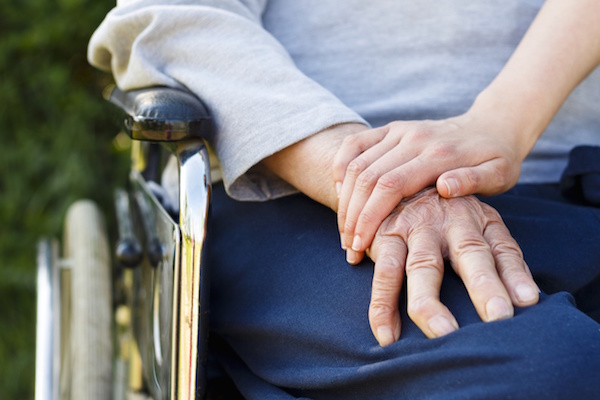
MONDAY, April 23 (HealthDay News) — Teen drivers and passengers are more likely to use seat belts if they’re in states with primary-enforcement seat belt laws, often promoted as “click it or ticket” laws, a new study finds.
A primary law allows police to stop and ticket drivers solely for not wearing a seat belt. Under a secondary law, police can only ticket unbelted drivers if they are stopped for other reasons, such as speeding.
Primary seat belt laws have been proven to reduce death rates in traffic collisions, according to the report published in the April 19 online edition of the American Journal of Public Health.
In the new study, researchers examined data from more than 3,000 U.S. high school student drivers who took part in the 2006 National Young Driver Survey. The analysis revealed that teens in states with secondary laws were 12 percent less likely to wear a seat belt when driving and 15 percent less likely to do so as a passenger than teens in states with primary laws.
In addition, the investigators found that in states with secondary laws, teens’ use of seat belts decreased as they progressed from learner to unrestricted license holder. This did not occur in states with primary laws.
The findings also revealed that blacks, rural residents, academically challenged students and those who drove pick-up trucks had particularly low rates of seat belt use.
“This study showed that primary-enforcement safety belt laws may play a key role in mitigating the disparity in safety belt use among certain teenaged subpopulation groups,” lead study author Dr. J. Felipe Garcia-Espana, of the Center for Injury Research and Prevention at the Children’s Hospital of Philadelphia, said in a journal news release.
“Because some teenaged subpopulations have lower safety belt use, even with primary enforcement laws, combined approaches that include upgrades to laws with campaigns and enforcement might be warranted,” the study authors concluded.
More information
The U.S. Centers for Disease Control and Prevention says parents are the key to safe teen drivers.

